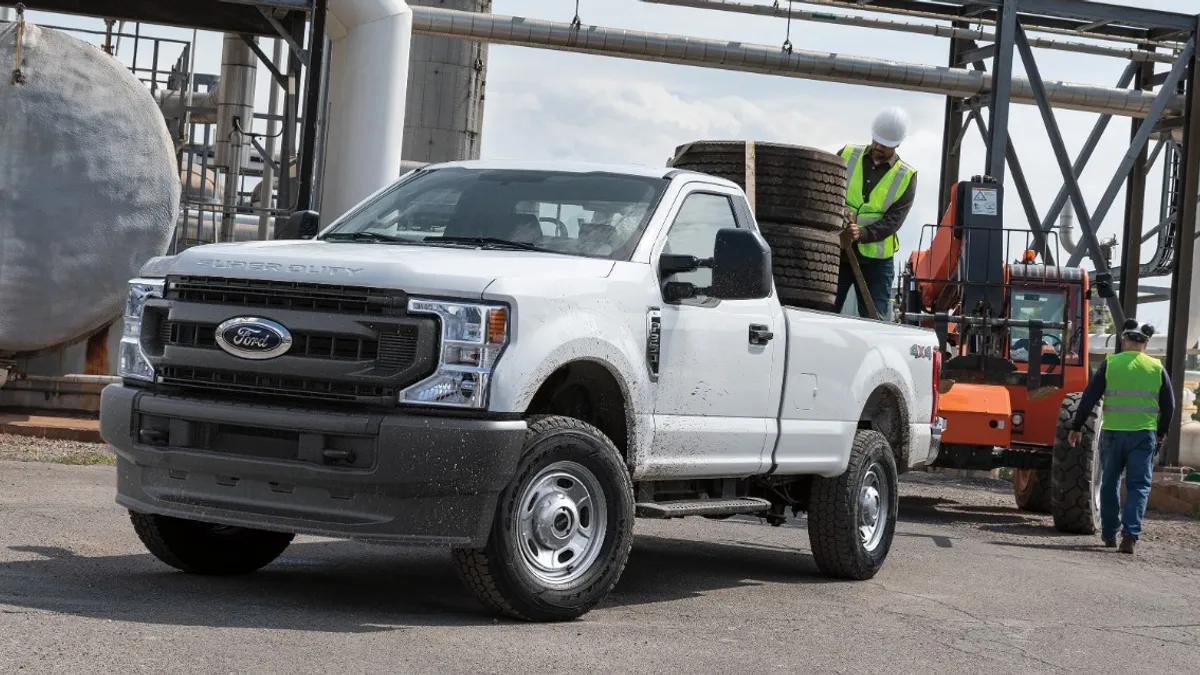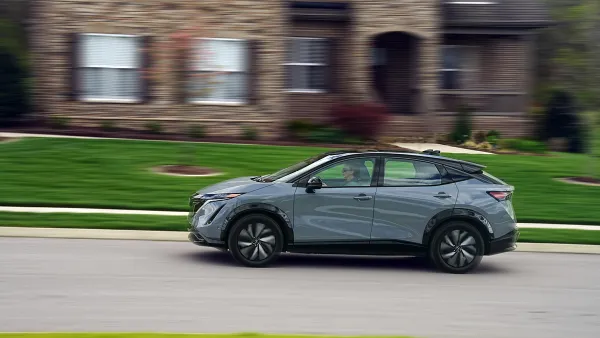Automatic emergency braking technology is highly effective in reducing crashes at slow speeds, particularly in newer vehicles, according to an October study conducted by AAA.
The insurance and financial service company found that model year 2024 vehicles equipped with automatic emergency braking avoided 100% of forward vehicle crashes at speeds of up to 35 mph. Meanwhile, model year 2017 and 2018 vehicles with older versions of the technology avoided just 51% of such crashes.
For the report, AAA tested newer and older vehicles from the same automaker on the same day on a closed course in southern California.
The results undergird several conclusions made by the National Highway Traffic Safety Administration earlier this year. In April, the agency finalized a safety rule that will require all new cars and light trucks to include automatic emergency braking by 2029, estimating it would help save at least 360 lives and 24,000 injuries annually.
Specifically, the new rule requires vehicles going as fast as 62 mph to have systems that help them stop and avoid a vehicle ahead of them. Cars going as fast as 45 mph must also be able to brake when their technology detects a pedestrian.
“The advancements by automakers are commendable and promising in improving driver safety,” director of automotive engineering research Greg Brannon said in a statement, noting that AAA began testing automatic emergency braking a decade ago.
However, the AAA study also showed the technology lacked effectiveness at higher speeds. While the technology was effective at 35 mph, according to AAA, just three out of four vehicles tested avoided a crash at 45 mph. And none of those three vehicles avoided a crash at 55 mph.
“There is still significant work ahead to ensure the systems work at higher speeds,” Brannon said.
To develop systems that are as effective at high speeds as they are at 35 mph, AAA recommends that automakers focus on investing in automatic emergency braking system improvements. Such research and development will involve enhancing the effectiveness of sensors and minimizing false positives in braking algorithms.
In addition, AAA said that automakers further developing forward collision warning alerts could help reduce driver reliance on automatic braking systems.










